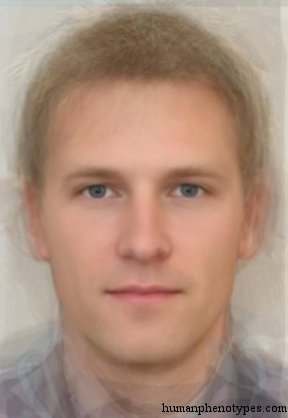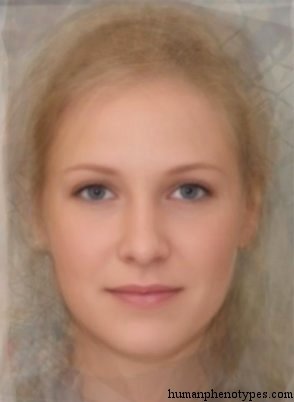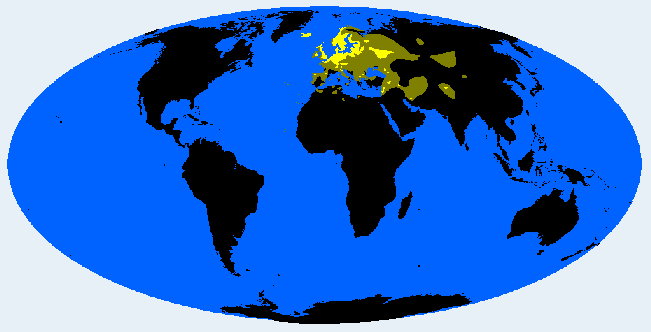Description:
Depigmented, rather tall and long to medium-skulled, relatively large-headed group, found in its highest frequencies in Northern Europe. Facial features are marked, curved occiput, orthognathic, nose high and narrow, forehead high and slightly receding, chin sturdy, lips thin, legs rather long. Started to develop during the Upper Paleolithic when Cro-Magnons settled in Europe. Reached its modern form after the influx of Indo-European migrants from the East around 5000 BCE (e.g. Corded Ware). Modern East Nordids (ProtoNordids, Aisto Nordids) still resemble those early migrants, the broader-faced Dalo Faelids still show similarities to Cro-Magnons. In the East, Nordids tend to be high-skulled, in the West, low-skulled. The Hallstatt type is usually seen as the most typical modern variety. Trønders are common in Scandinavia, the Anglo-Saxon variety in Western Europe. Colonists spread Nordids all over the world (e.g. America, Australia, South Africa).Names:
Nordid (Eickstedt, 1952; Lundman, 1967; Vogel, 1974; Knussmann, 1996), Nordisk (Lundman, 1988), Nordic (Hooton, 1946; Coon et al., 1950; Cole, 1965; Debets, 1974), Nordique (Deniker, 1889; Vallois, 1968), Nordica (Biasutti, 1967), Atlanto-Baltic (Cheboksarov, 1951).





